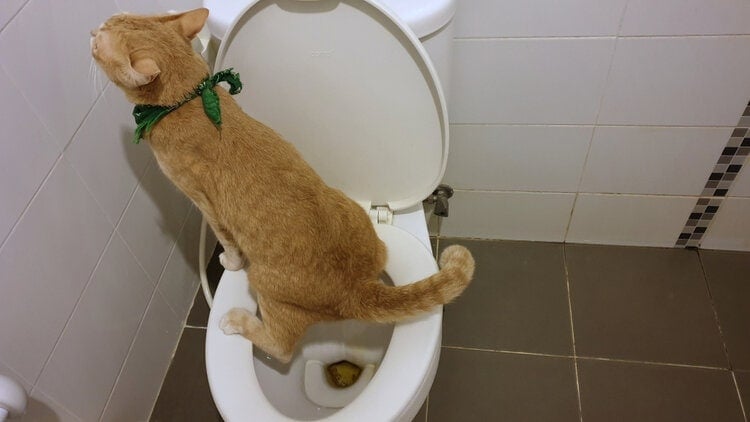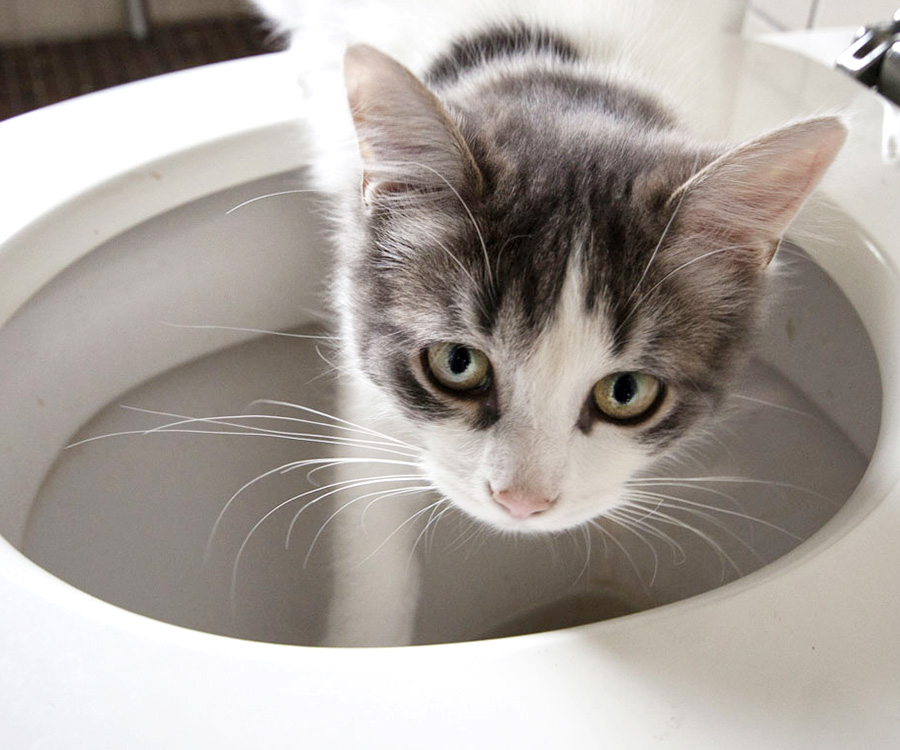We have come across this article about Don’t flush cat feces down the toilet below on the internet and felt it made perfect sense to write about it with you in this article.

Intro
As pet cat proprietors, it's essential to be mindful of exactly how we get rid of our feline close friends' waste. While it may seem hassle-free to flush cat poop down the commode, this practice can have harmful repercussions for both the atmosphere and human health and wellness.
Alternatives to Flushing
Thankfully, there are safer and much more accountable ways to deal with feline poop. Take into consideration the adhering to options:
1. Scoop and Dispose in Trash
The most typical approach of throwing away pet cat poop is to scoop it right into an eco-friendly bag and toss it in the trash. Make certain to use a specialized litter inside story and take care of the waste immediately.
2. Usage Biodegradable Litter
Go with eco-friendly pet cat litter made from materials such as corn or wheat. These litters are environmentally friendly and can be safely taken care of in the garbage.
3. Bury in the Yard
If you have a lawn, think about burying cat waste in a marked location far from vegetable gardens and water sources. Make sure to dig deep adequate to stop contamination of groundwater.
4. Set Up a Pet Waste Disposal System
Invest in a pet garbage disposal system specifically designed for pet cat waste. These systems use enzymes to break down the waste, minimizing smell and environmental effect.
Health Risks
In addition to ecological issues, purging pet cat waste can additionally position health and wellness risks to people. Feline feces might consist of Toxoplasma gondii, a bloodsucker that can trigger toxoplasmosis-- a possibly serious health problem, particularly for expectant ladies and people with weakened body immune systems.
Ecological Impact
Flushing pet cat poop introduces hazardous microorganisms and parasites right into the water system, positioning a significant risk to aquatic ecosystems. These impurities can negatively affect aquatic life and concession water quality.
Conclusion
Accountable pet ownership expands beyond supplying food and shelter-- it additionally involves appropriate waste administration. By avoiding flushing cat poop down the toilet and choosing alternate disposal techniques, we can minimize our environmental impact and protect human wellness.
Why You Should NEVER Flush Cat Poop (and/or Litter) Down Your Toilet
The Problem with Litter
The main function of litter is to solidify and adhere to your cat’s waste. While this makes litter excellent for collecting cat poop and urine, it’s also the exact property that makes it a nightmare when flushed down the toilet.
Cat litter can and will clog pipes. There is non-clumping litter, but it’s still quite heavy and can build up in pipes. This is true even of supposed “flushable litter.”
The problems only compound when the litter is already clumped into cat waste. Toilet paper is among the more flushable things, and even too much of that will clog a toilet.
The Problem with Cat Poop
Sewers and septic systems are designed with human waste in mind. The microbes that help break down human waste don’t work on cat waste. Additionally, cat poop plays host to the parasite Toxoplasma gondii.
When flushed, this parasite can enter the environment in places it was never meant to, posing a risk to pregnant women, their unborn children, and other people with compromised immune systems. While it might not seem possible, flushing cat poop can indeed introduce this parasite to the public water supply.
These reasons are why, even if you’ve trained your cat to go on the toilet and flush, which is possible, it’s still not a good idea. Also, pregnant women and the immunocompromised shouldn’t change litter, either.
How to Handle Litter
The best way to handle litter is to simply put it in a plastic bag and place it in the trash. Avoiding environmental risks and possible plumbing damage is worth the extra effort.
You can also invest in devices that seal away your cat’s waste in a separate compartment, so you don’t have to change the litter nearly as often. They’re also safer for pet owners because they limit the possibility of Toxoplasma gondii exposure.
Disposing of litter the old-fashioned way will ensure you won’t have to worry about any issues that flushing the waste can potentially cause.
Take Care of Clogged Pipes with Stephens Plumbing, Heating & Air Conditioning
The reasons you should never flush cat poop down your toilet are numerous, but sometimes the inevitable happens despite your best efforts.
Stephens Plumbing, Heating & Air Conditioning is ready to help if you’re experiencing litter-blocked plumbing. Whether you need us in an emergency or want to schedule regular maintenance, we’re here for you.
https://www.stephensplumbing.net/bathroom-plumbing/never-flush-cat-poop-down-your-toilet/

Do you appreciate reading about How to Dispose of Cat Poop and Litter Without Plastic Bags? Give a short review below. We will be interested to listen to your views about this blog posting. Hoping that you come back again before long. Appreciated our piece of writing? Please share it. Help somebody else check it out. Thanks a lot for your time. Visit again soon.
Start Now